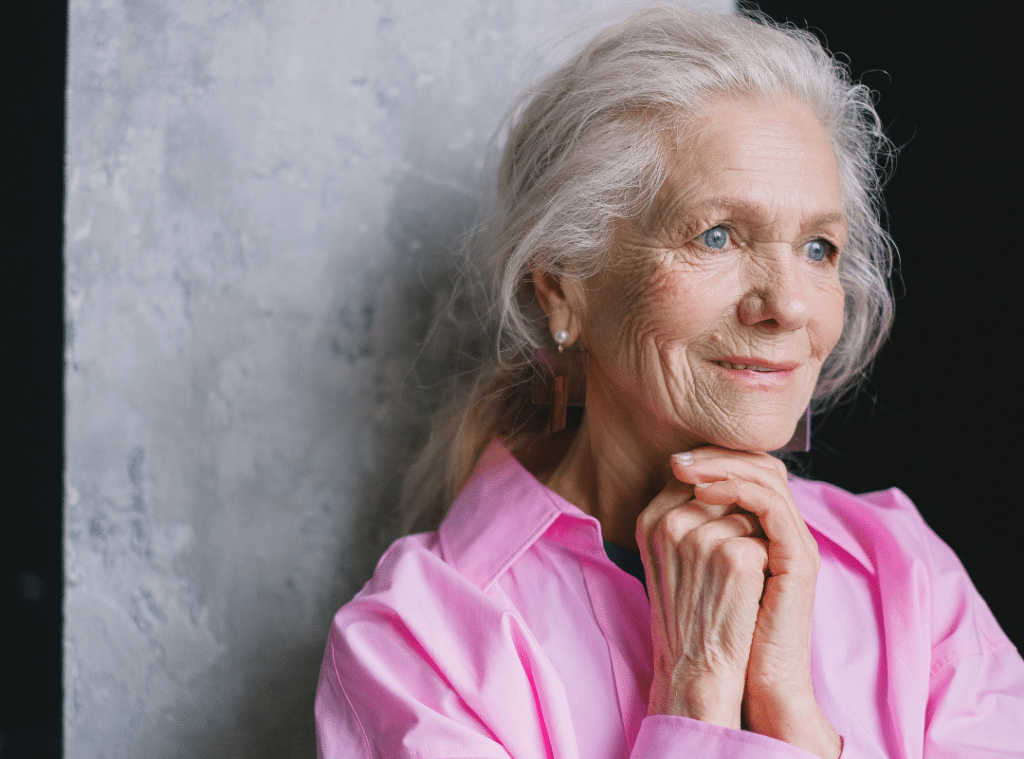Why Aging Eyes Need More Light for Clearer Vision
As we age, changes in our eyesight can become increasingly noticeable and often frustrating. From difficulty reading small print to struggling with glare or dim lighting, aging eyes require extra care and attention. One crucial aspect that usually goes overlooked is proper lighting. In this guide, we’ll explore why aging eyes need more light and how strategic lighting improvements can enhance daily life and safeguard your independence.
Understanding old age eye problems and how they affect visual perception is the first step toward improving quality of life. Alongside lighting adjustments, recognizing the signs of aging eyes and pursuing targeted eye care interventions can significantly reduce visual discomfort and promote longevity in eye health.
Understanding Age-related Vision Changes
As we grow older, the anatomy and function of our eyes change significantly. These shifts often lead to old age eye problems such as cataracts, glaucoma, and macular degeneration. The eye’s lens loses flexibility and becomes less transparent, causing blurred vision and difficulty focusing. The pupil shrinks, reducing the amount of light that reaches the retina, while rod cells that aid night vision decline in number.
These changes make it harder for seniors to adapt to low-light environments, increasing the risk of falls and eye strain. Additionally, color perception weakens, especially for shades of blue and green. Understanding the signs of aging eyes, like frequent squinting, needing brighter light to read, or struggling with glare, is key to proactive care. Regular eye exams can lead to the early detection of serious conditions and support better outcomes.
The Impact of Lighting on Visual Performance
Lighting has a direct impact on your ability to see and perform tasks efficiently. As your eyes age, you may find it increasingly difficult to function in dim environments. The reason why aging eyes need more light lies in the decline of retinal sensitivity and lens transparency.
Increased illumination helps mitigate glare and boosts visual clarity. Task lighting becomes essential for activities like reading, cooking, or sewing. Environments with high-contrast, adjustable lighting dramatically improve safety and reduce eye strain. Additionally, a nutrient-rich diet for eye health helps maintain long-term vision.
Common Age-related Eye Diseases and Their Lighting Needs
When managing age-related eye conditions, light isn’t just a convenience—it’s a necessity. Different conditions require tailored lighting solutions:
- Cataracts. Brighter light with minimal glare improves clarity.
- Glaucoma. High-contrast lighting is crucial to counteract peripheral vision loss.
- Macular Degeneration. Needs high-intensity task lighting to assist with central vision tasks.
- Diabetic Retinopathy. Ample lighting reduces the visibility issues caused by floaters.
- Retinitis Pigmentosa. Requires high light levels with careful glare management.
Routine eye exams help with the early detection of these conditions and can guide optimal lighting strategies.
Tailoring Lighting Solutions for Seniors
Lighting improvements tailored to seniors’ unique needs significantly enhance both comfort and functionality. Tailored solutions address contrast sensitivity and visual clarity, helping seniors maintain their independence.
Lighting for Daily Tasks
Task lighting is crucial for ensuring seniors can continue to enjoy their daily activities. For example:
- Use full-spectrum bulbs to mimic natural light.
- Install under-cabinet lighting in kitchens.
- Ensure reading lamps are adjustable and glare-free.
These simple changes accommodate old age eye problems and improve task performance. Participating in community activities also helps maintain mental and emotional wellness as eyesight changes.
Enhancing Safety and Comfort
Falls and accidents often occur due to poor lighting. Ensure stairwells, bathrooms, and hallways are well-lit with motion-sensor lights or nightlights. Use contrast lighting to highlight the edges of steps and furniture. Dimmer switches allow personalized control over brightness levels. These methods boost safety while enhancing comfort for seniors, adapting to the signs of aging eyes.
Home Adjustments for Enhanced Visibility
You can make your home safer and more visually accessible with thoughtful lighting enhancements:
- Increase ambient lighting in key rooms.
- Install dimmers for mood and activity-based adjustments.
- Use directional lighting for specific tasks.
- Keep switches within easy reach and ensure bulbs are easy to replace.
- Control glare with curtains or blinds and anti-glare bulbs.
These changes help mitigate old age eye problems and promote safer navigation around your home.

The Role of Regular Eye Exams in Vision Care
Eye exams are the cornerstone of preventive vision care. They help you track changes, update prescriptions, and detect issues early before symptoms become severe.
Early Detection Benefits
Proactive eye care reduces the risk of vision loss. Exams identify potential conditions like macular degeneration before symptoms fully develop. Early diagnosis facilitates personalized treatment plans, which may include dietary changes, medications, or lighting adjustments. These exams are beneficial when considering how to reverse aging eyesight by managing symptoms proactively.
Monitoring Eye Conditions
Tracking your eye health allows specialists to provide timely care. Conditions like glaucoma or diabetic retinopathy may require lifestyle changes and increased light sensitivity. Monitoring empowers you to address the signs of aging eyes before they interfere with your daily life.
Tailored Vision Solutions
Your optometrist can recommend customized interventions, such as magnifying lenses, blue-light filters, or anti-reflective coatings. Personalized strategies may include guidance on how to reverse aging eyes naturally by incorporating eye exercises, proper nutrition, and home-based lighting changes.
Personalized Eye Care Services for Aging Eyes
Personalized eye care ensures that you receive attention that suits your lifestyle and changing vision needs. This may involve specialized eyewear, home evaluations for lighting, or magnification tools. Adaptive lighting and tech-based aids, such as electronic readers, also enhance visibility and usability.
Services that tailor solutions to your environment are essential, especially if you’ve noticed why your vision is improving with age—a phenomenon that can result from shifting lens shape or eye surgery. Continuous eye care lets you capitalize on these unexpected changes while managing broader old age eye problems.
The American Academy of Ophthalmology and Prevent Blindness provide valuable information and resources for understanding senior eye care needs.
Brightening Your Future: A Visionary Approach to Aging Eyes
Investing in proper lighting and personalized eye care solutions is a small step that yields enormous benefits. Understanding why aging eyes need more light empowers you to take control of your visual health, enhance daily comfort, and maintain independence.
From identifying the signs of aging eyes to learning how to reverse aging eyesight through practical lifestyle changes, every improvement matters. Whether you’re installing task lighting or scheduling regular eye exams, these proactive measures bring clarity to your world.
At Westmont of Carmel Valley, we prioritize your eye health with thoughtful accommodations and expert guidance. Don’t let dim lighting dull your golden years—embrace brightness and clarity by taking action today. For more information or to speak with our care team, call 858-465-7356.
Dive into the vibrant life our Westmont communities have to offer.Find Where You Belong
Frequently Asked Questions
Why do old people need higher light levels?
As we age, the lens inside the eye becomes denser and yellower, which reduces the amount of light that reaches the retina. This change makes it harder to see clearly, especially in dim lighting. Older adults may also experience a decrease in pupil size, which further limits light entry. In addition, contrast sensitivity tends to decline with age, making it harder to distinguish between objects of similar tones. For these reasons, older adults generally require higher light levels to see comfortably and safely.
What causes your eyes to need more light to see?
Aging causes structural changes in the eye that affect how light is processed. The lens thickens and may become cloudier, reducing its ability to focus and transmit light efficiently. The pupil becomes smaller and reacts more slowly to changes in light levels. These factors collectively decrease the eye’s ability to adapt to darkness or low-light environments. As a result, more light is needed to achieve the same level of visual clarity.
Is it normal to become more sensitive to light as you age?
Yes, increased sensitivity to light is a standard part of the aging process. This condition, known as photophobia, occurs when the eye’s lens becomes less transparent and scatters light more easily. Aging also reduces the eye’s ability to adapt to changes between light and dark conditions quickly. Additionally, certain eye conditions, such as cataracts or macular degeneration, which become more common with age, can increase light sensitivity. If light sensitivity becomes severe, it may indicate an underlying issue that an eye doctor should evaluate.
How much more light do you need as you age?
Research suggests that a 60-year-old needs about three times as much light to see well as a 20-year-old. This increase is due to natural changes in the eyes that affect light absorption and visual clarity. Higher levels of ambient lighting help older adults read, navigate, and perform daily tasks more safely. It’s also essential to reduce glare and use adjustable lighting to enhance comfort. Proper lighting can significantly improve the quality of life and reduce the risk of accidents.









